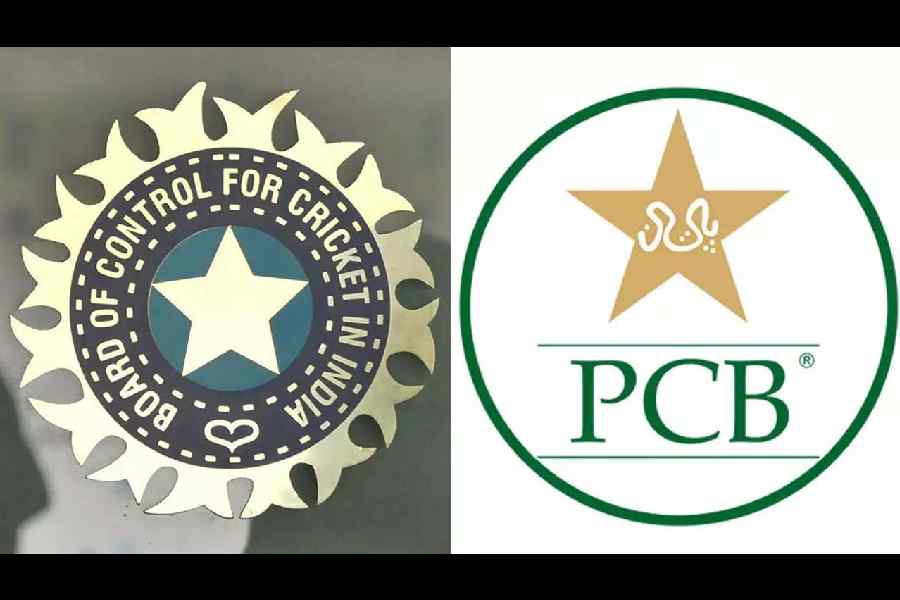 Wednesday, 22 January 2025
Wednesday, 22 January 2025
 Wednesday, 22 January 2025
Wednesday, 22 January 2025
India’s fortress finally fell as they crashed to their first Test series defeat at home in 12 years, losing to New Zealand by 113 runs on Saturday.
Mitchell Santner exposed India’s glaring weakness against spin, grabbing 13 wickets across the match — including a stunning 7/53 in the first innings.
The defeat came at a historic low point in Bengaluru, where India were bundled out for just 46 in their first innings — the team’s worst Test collapse on home soil.
For a team that had won 18 consecutive home Test series and stood atop the World Test Championship (WTC) table, this loss is a stinging reality check.
Though India remain in pole position with 98 points, their percentage points dropped to 62.82, leaving Australia just behind at 62.50. With the Border-Gavaskar Trophy looming, the defeat has complicated India’s road to the WTC final.
It ends a historic streak
India’s loss to New Zealand marks only their fourth Test series defeat at home in the 21st century. Before this, only South Africa (2000), Australia (2004), and England (2012) had managed to breach India’s home dominance. The streak of 18 consecutive Test series wins began after that 2012 series loss to England and spanned multiple seasons, opponents, and conditions.
Here’s a closer look at India’s home series dominance since 2013:
The streak came to an abrupt end this time as New Zealand, led by Tom Latham, put on a clinical display in both matches – from using Santner’s accurate left-arm spin to exploiting Indian pitches better than the hosts.
It signals IPL fatigue
India’s sudden decline raises a burning question: is the team becoming complacent, focusing more on the glamour of T20 leagues like the IPL at the cost of Test cricket?
Several Indian players, including key names like Rohit, Kohli and Shubman Gill have been juggling formats, with the IPL often taking precedence. The transition back to red-ball cricket, especially under intense home expectations, may no longer be as seamless as before.
Gill’s poor form, Pant’s continued recovery from injury and the team’s apparent mental and physical fatigue point to the dangers of overplaying in T20 leagues. While some of the seniors were rested under “workload management” policies, their inconsistency in Tests is becoming harder to ignore.
Recently, Ajit Agarkar and Gautam Gambhir hinted that cherry-picking series would no longer be tolerated, signalling a possible shift away from the prioritisation of the IPL. Yet the shadow of India’s lucrative franchise league looms large, with questions about whether national commitments are taking a backseat.
The loss to New Zealand adds fuel to the debate — are players losing their edge in longer formats due to excessive focus on the IPL? With the squad’s overreliance on young batters like Jaiswal to carry the team, the gap in Test readiness is becoming evident.
It raises a question: Captain complacent?
Rohit Sharma’s captaincy also comes under scrutiny as India’s strategy seemed reactive rather than proactive throughout the series. In the second Test, a defensive approach against Santner proved costly, with senior batters repeatedly falling to poorly judged shots.
Virat Kohli’s dismissal in the second innings was emblematic of India’s struggles: pinned on the back foot by Santner, he was trapped plumb in front, unable to counter the Kiwi spinner’s subtle variations. Similarly, Rohit charged down the wicket without conviction, only to be caught at short leg.
The run-out of Rishabh Pant further compounded the team’s woes, exposing a lack of communication under pressure. Sarfaraz Khan’s failure to read the spin on his dismissal — bowled while awkwardly jamming his bat into the turf — was another telling moment in India’s downfall.
In stark contrast, New Zealand's batters displayed grit, with Tom Latham (86) and Glenn Phillips (48) setting the tone in both innings. Their bowlers followed it up with ruthless precision, applying pressure from both ends to dismantle India’s batting line-up.
It makes Australia loom larger
With the series loss now in the rearview, India faces an uphill battle to regain momentum before their tour to Australia for the Border-Gavaskar Trophy. The challenge of facing Australia away from home has never been greater, and the WTC final spot now hangs in the balance.
For India to reclaim their status as the dominant force in Test cricket, a deeper introspection is needed — from squad selection to workload management. The focus cannot simply oscillate between formats; the team needs to realign its priorities if it hopes to regain its former glory in the longest format of the game.
New Zealand’s triumph is a wake-up call: relying on past success and reputation is no longer enough. India may be the reigning giants of Test cricket at home, but the cracks in their fortress have been exposed.
India’s loss to New Zealand marks only their fourth Test series defeat at home in the 21st century. Before this, only South Africa (2000), Australia (2004), and England (2012) had managed to breach India’s home dominance. The streak of 18 consecutive Test series wins began after that 2012 series loss to England and spanned multiple seasons, opponents, and conditions.







